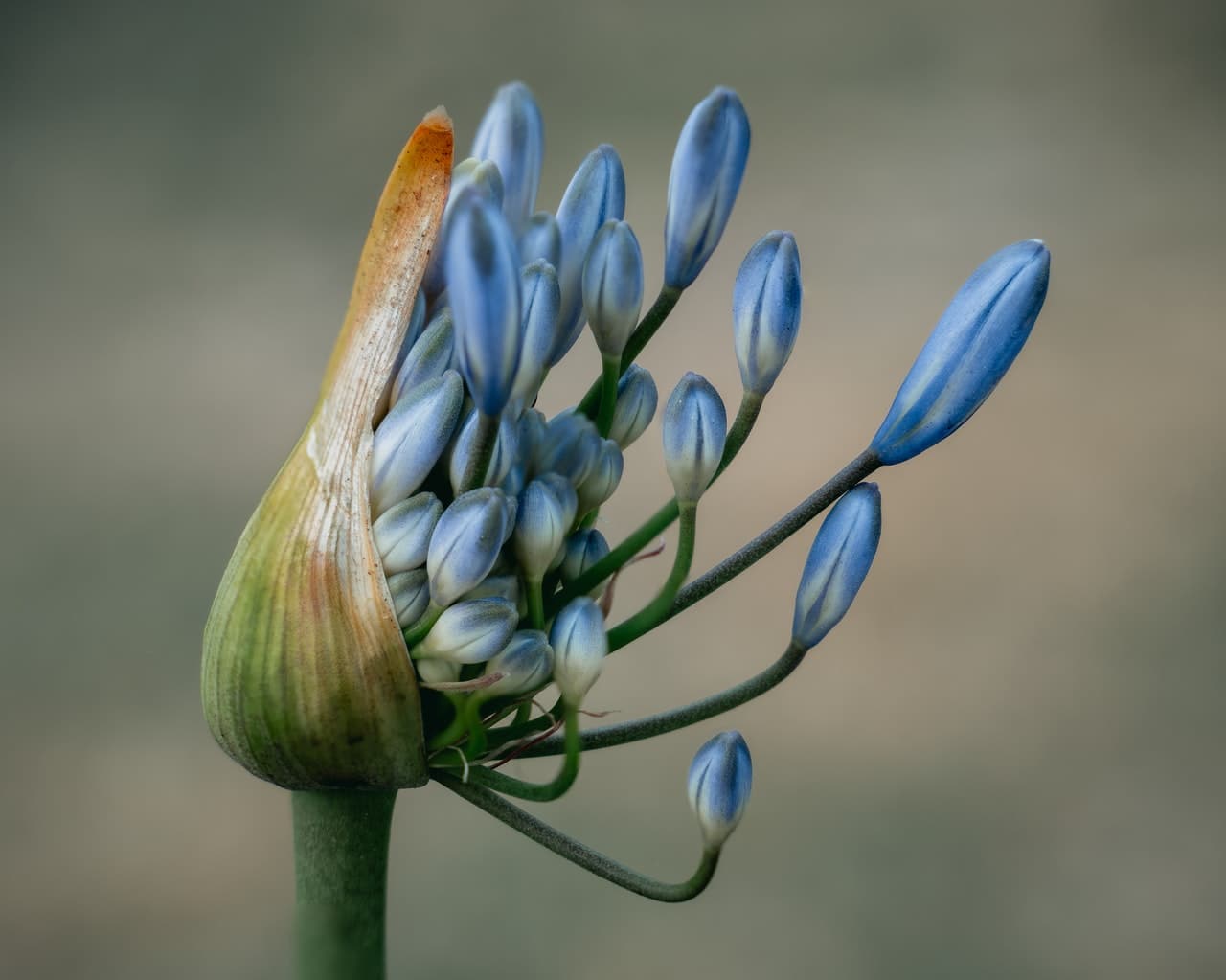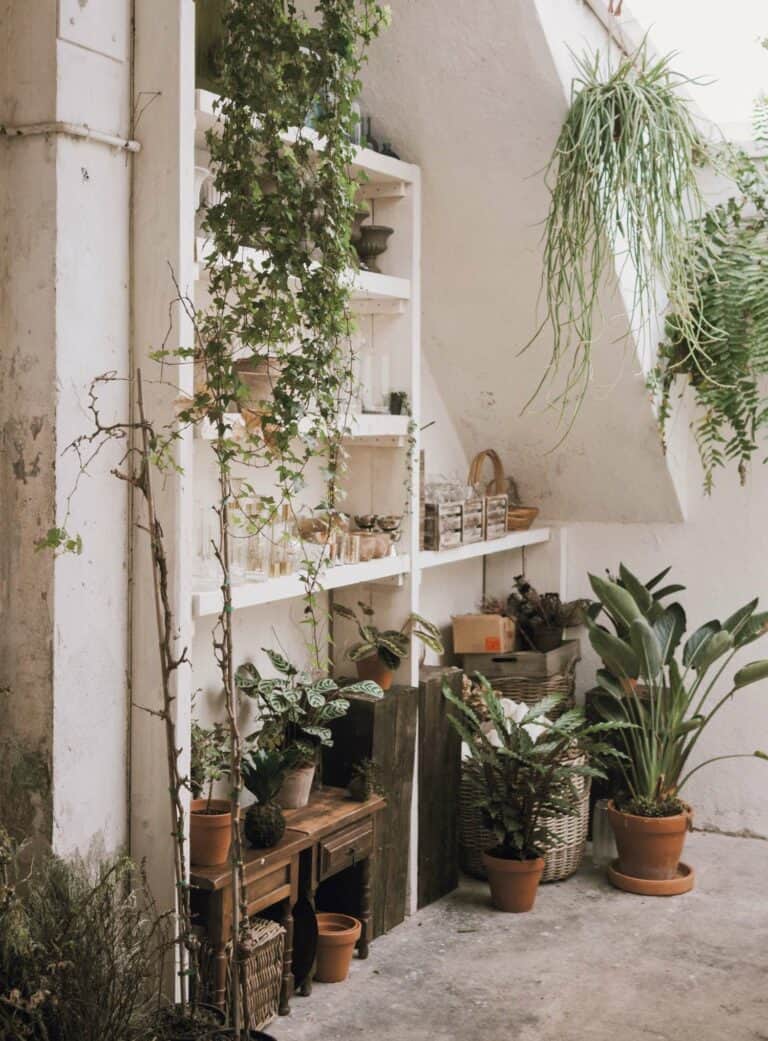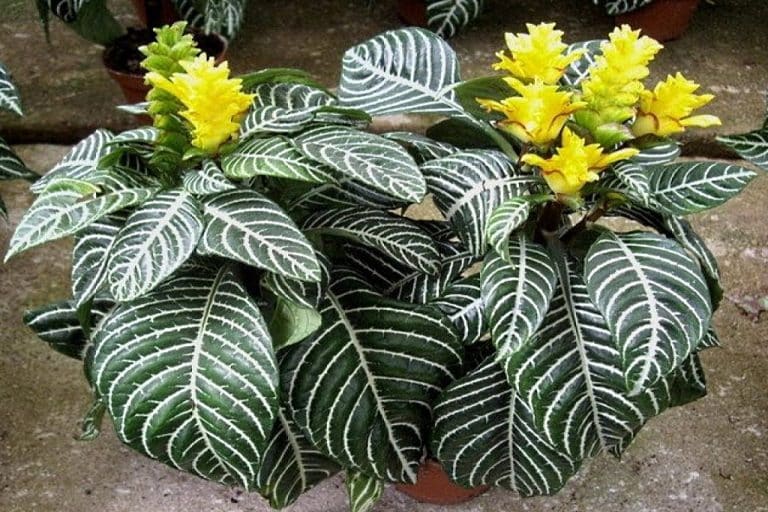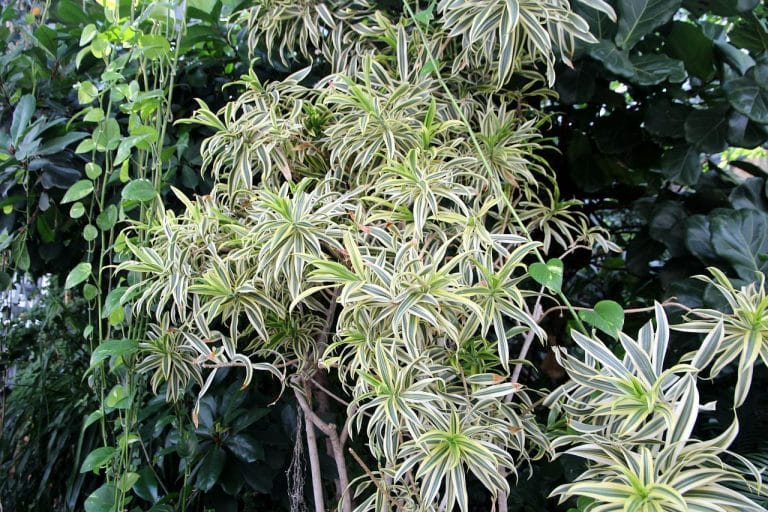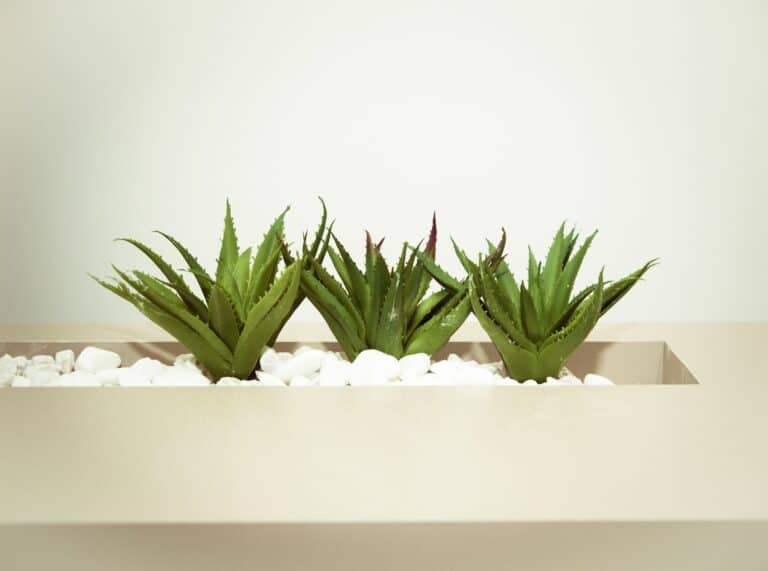Growing Beautiful Indoor Flowering Bulbs, Corms and Tubers
GROWING BEAUTIFUL INDOOR FLOWERING PLANTS from onion-shaped bulbs, nubby corms, or fleshy tubers planted in pots carries with it the same excitement as growing flowers from seeds, only better. Bulbs, corms, and other types of storage roots are packed with the nutrients plants need to grow and bloom, and some actually contain the cells of the flowers to come.
Provide these plants with light and temperature regimens that suit them, and you will be delighted with the bursts of color at different times of the year.

This chapter includes twelve blooming plants that are grown by planting dormant roots of one kind or another.
Those included here are commonly sold as indoor plants, and can be expected to bloom for more than 3 weeks when given adequate care. Some, such as oxalis, bloom almost year-round.

Bulbs, corms, and tubers vary in their need for and tolerance of cold, so they are broadly divided into two groups: spring-flowering bulbs and warm-natured bulbs.
Most spring-flowering bulbs are planted in fall, after which they must have several weeks of chilling before they will bloom in spring. Warm-natured bulbs, corms, and tubers that do not require chilling are regarded as “summer” bulbs, though some of them bloom in winter and spring.
Most warm-natured bulbs need a dry rest period between cycles of active growth.
Bulbs as Houseplants
The plants in this section are organized into the two broad groups listed below. I refer to all as “bulbs” in the interest of simplicity, though some grow from corms and tubers, which are quite different from true bulbs in terms of botanical structure.
The plant profiles, which are listed by botanical name, provide detailed information on how to grow each plant for maximum satisfaction.
Spring-Flowering Bulbs

Warm-Natured Bulbs

Forcing Spring-Flowering Bulbs
When spring-flowering bulbs are grown for indoor bloom, the process is called “forcing” because it tricks the bulbs into behaving as if they have been grown outdoors through a long, cold winter.
With the exception of paperwhite narcissus, spring-flowering bulbs require a minimum chilling period of 8 to 15 weeks before they will bloom.
Part of the chilling period can take place in your refrigerator, but most spring-flowering bulbs also need time to grow roots in cold soil before they start expending their energy putting out leaves and flowers.

Stores and mail-order companies begin selling spring-flowering bulbs in late summer and early autumn. As soon as you buy them, put the bulbs in your refrigerator (keep them in perforated plastic bags).
Store them away from apples and other fruits, which give off ethylene gas that can cause bulbs to rot. On a calendar, write down the date when you put your bulbs in the refrigerator – the official beginning of their chilling period.

How you approach the next step, planting the bulbs, depends on two things: your climate, and whether or not you have a place where the planted bulbs can be held at temperatures between 35–45°F/2–7°C for another couple of months.
Where winters are cold.
Rig up a “chilling chamber” by placing the planted, lightly dampened pots in a cooler, plastic storage bin, or stout cardboard box kept on your porch or patio, or perhaps in an unheated garage.
Then fill the box with chopped bark or other loose mulch material. If you want to keep the pots clean, enclose them in plastic bags before filling in around them with mulch.
Stored in such a box, the bulbs should not actually freeze, and will be out of the reach of mice and squirrels, who like to eat bulbs for breakfast.
Where winter are warm.
If your winter temperatures stay above 50°F/10°C or you simply have no space outdoors to use as a chilling chamber, you can plant bulbs in pots, water them lightly, enclose them in plastic bags, and return them to your refrigerator.
This takes up refrigerator space, but most people can find room for a few small pots on the back of a middle shelf. Another option is to find a garden center (or mail-order company) that sells pre-chilled bulbs.
These can be planted as soon as you buy them, though you’ll still need to keep them in a cool place for a few weeks while the bulbs grow roots.

Potting Up Spring-Flowering Bulbs
You can force bulbs in any containers that have drainage holes in the bottom and are at least three times as deep as the height of the bulbs.
These can be the same containers in which you plan to display the bulbs when they bloom, or you can use small individual pots.
Later on, when the chilling period is over and the bulbs produce their first green growth, you can gently transplant them to prettier containers if you like.
All-purpose potting soil is fine for forced bulbs, and you can mix in some small pebbles or gravel if desired to give the pots extra weight.
Plant bulbs pointed side up, only so deep that the tops of the bulbs are barely covered with soil. Water the pots until the soil around the bulbs is thoroughly dampened, and move them to their chilling chamber.
Then forget about them until the chilling time is up.

When your calendar says that the bulbs have chilled long enough (counting any time they spent in the refrigerator), examine the containers and look for the two signs that the bulbs are ready to come inside: roots showing in the pots’ drainage holes, and a green shoot emerging from the tops of the bulbs.
Move the containers to a cool room where temperatures are 50–60°F/10–16°C, such as your basement or a spare bedroom where the heat can be turned off.
If the coolest spot you can manage has little light, don’t leave the bulbs there for more than a week or so. If the place has light, the bulbs can stay there for 2 to 3 weeks.
During this time they will slowly grow leaves and the flower buds will begin to appear. If you can, step up light but not temperature during this period.
Three weeks after being brought indoors, your bulbs will be well on their way to blooming. At this point they need abundant light and constant gentle moisture, but they may grow too fast if kept in a very warm spot.
To make flowers last as long as possible, keep the bulbs in your coolest room at night. This is also the best way to handle purchased plants that are already coming into bloom (be sure to choose pots in which the buds have not yet opened).
Forced spring-flowering bulbs grow in such cramped conditions that it is difficult for them to store up the nutrients needed to bloom again if forced a second time the following year.
However, small bulbs such as grape hyacinth and other “little” bulbs in “Spring Surprises from Small Packages,” can sometimes regain the strength they need to prosper if they are fed and watered regularly until they can be transplanted to the garden in mid- to late spring.
In general, it is best to discard forced hyacinths, daffodils, and tulips after they have bloomed. If you want to grow bulbs that can be brought back into bloom year after year, the best candidates are achimenes, amaryllis, and some of the other warm-natured bulbs discussed on the following pages.
But do not bypass spring-flowering bulbs just because they are one-shot wonders. A plant-lover’s life is incomplete without the occasional fragrance of hyacinths or the cheery company of miniature daffodils.
SPRING SURPRISES FROM SMALL PACKAGES
Muscari are the most dependable and long-flowering of the so-called “little” spring-flowering bulbs, but several other species, described below, can be forced into bloom in the same way.
Garden centers sell these bulbs alongside tulips and daffodils in the fall. Plant little bulbs close together in small pots, and allow them 12 to 15 weeks of chilling time.
Expect the flowers to last about 2 weeks indoors. Like grape hyacinth, these little bulbs often do well when transplanted to the garden after their indoor blooms have faded. Here are some others to try:
• Chinodoxa luciliae, often called glory-of-the-snow, produces 8 in/20 cm–tall stems studded with up to a dozen small, starry, blue or pink flowers.
• Crocus hybrids bloom only for a week or so, but they are a beautiful way to celebrate the coming of spring on a cool windowsill. Plants grow to only 6 in/15 cm tall.
• Iris reticulata, or dwarf iris, features showy but shortlived blossoms in shades of blue, often with white or yellow markings, that grow only 4–8 in/10–20 cm tall.
• Puschkinia scilloides, or striped squill, looks like a tiny, 6 in/15 cm–tall hyacinth, with blue blossoms marked with darker blue stripes.
• Scilla species, including S. bifolia, S. mischtschenkoana, S. peruviana, and S. siberica, feature dainty little blue or white blossoms on stems that grow 4–8 in/10–20 cm tall.


